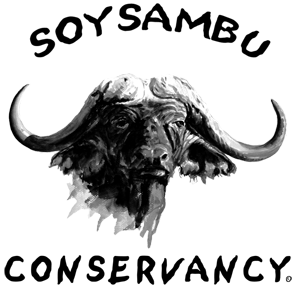Last week the Conservancy was home to a traveling lion! Foot prints (pictured below), growls in the night, spooked horses, whispers of 2 Masai cattle being taken in the bordering Ututu forest…
With the help of some Kenya Wildlife Service trackers we followed the footprints from near the main office right across the property to the foot of the Sleeping Warrior, where we lost them. Several days later he was seen near Lake Naivasha passing through several properties (photo below). We can only guess where he is off to, The Mara perhaps- Wildebeest for dinner?














